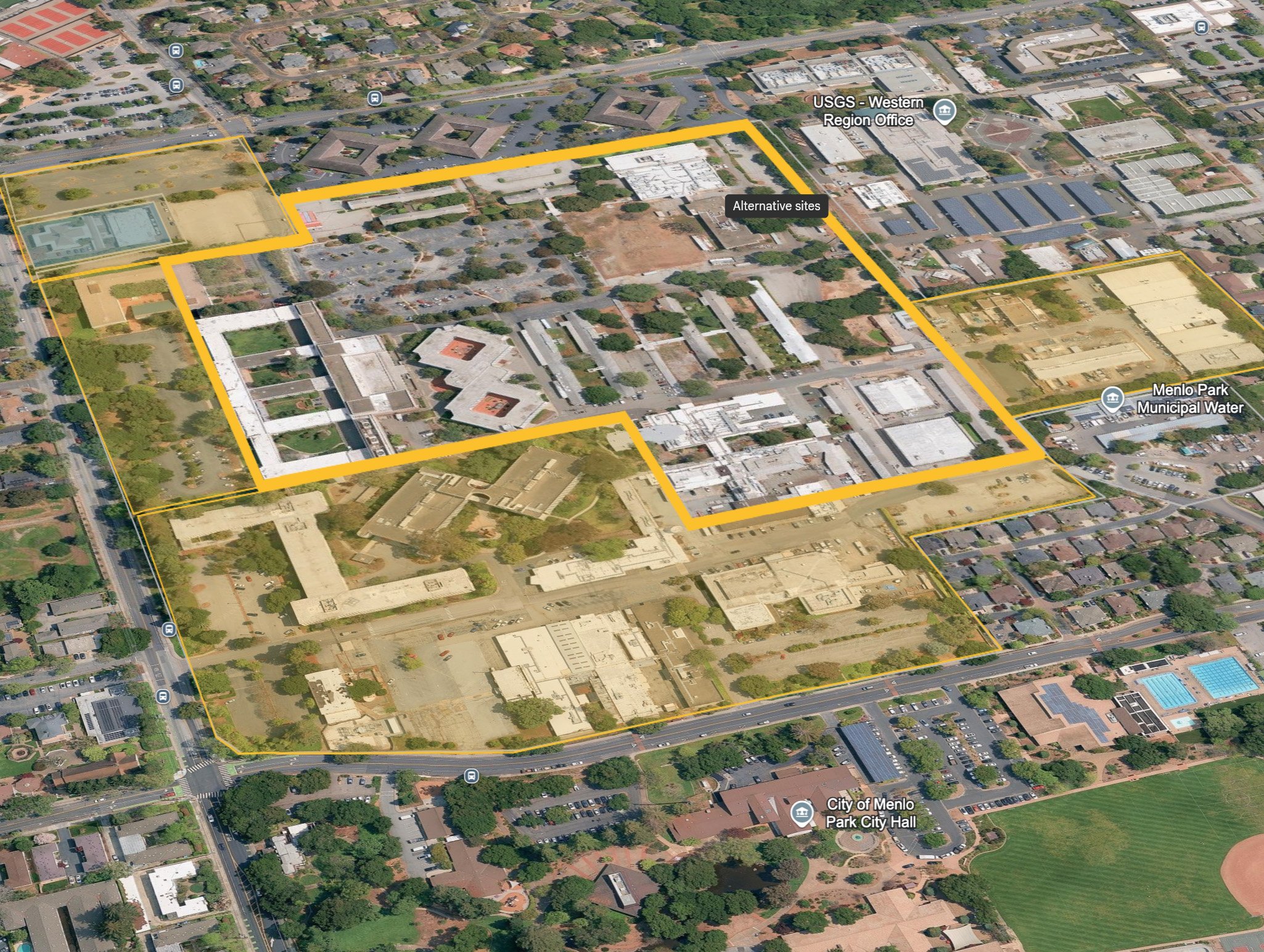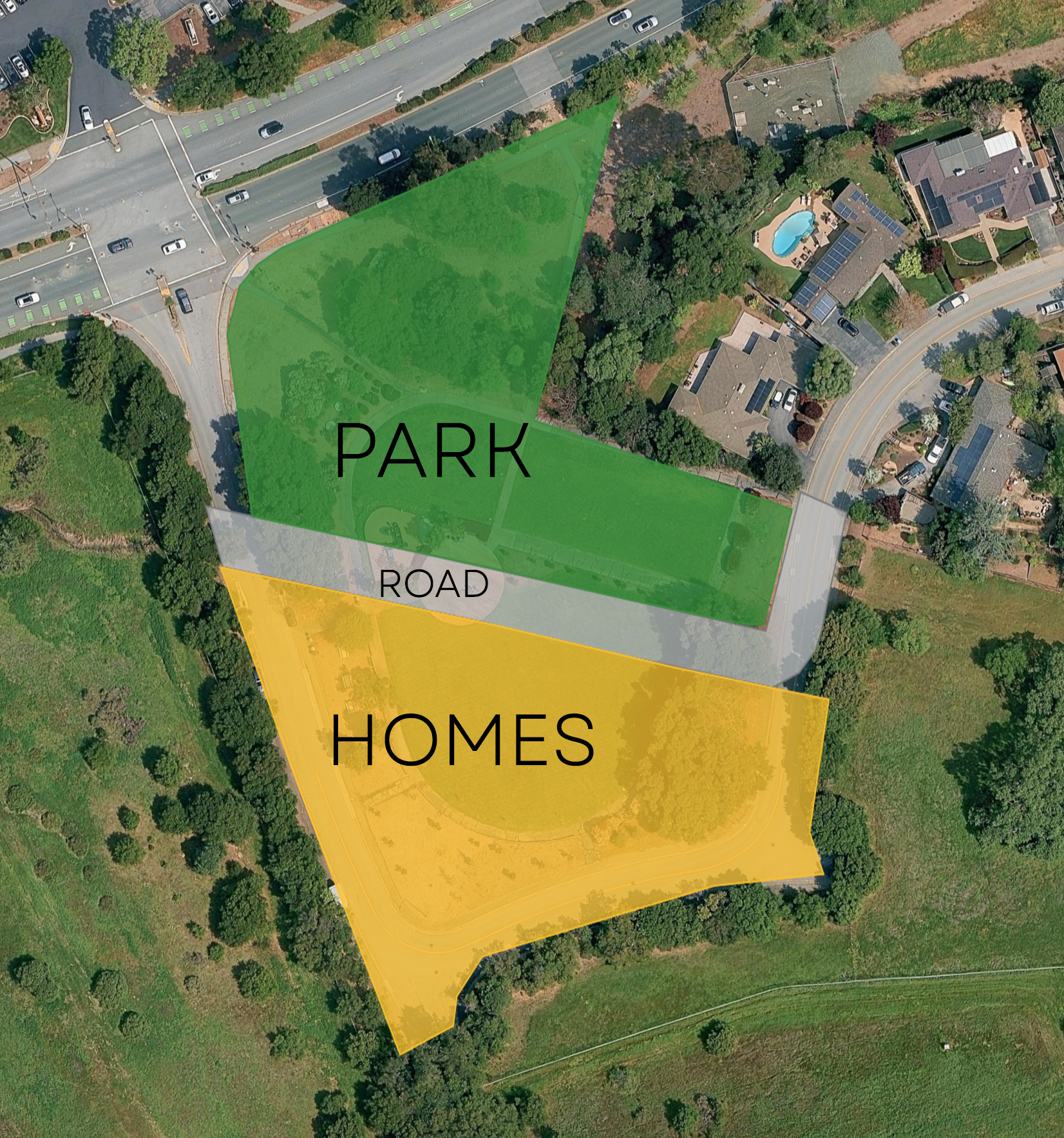Housing Element Primer
What’s the Housing Element?
The Housing Element is part of Menlo Park’s General Plan. It explains how the city will accommodate its state-mandated Regional Housing Needs Allocation (RHNA).
During the current 8-year cycle (2023–2031), Menlo Park must issue building permits for roughly 3,000 new housing units by 2031, segmented by income level.
Though hundreds of pages long, the crux of the Housing Element is a list of sites:
8 Pipeline Projects – developments already in progress
72 Opportunity Sites – parcels the city believes are suitable for residential development, with rezoning to allow greater density.
Together, these sites provide enough capacity to meet Menlo Park’s RHNA targets, plus a 30% buffer to ensure it remains viable even if some sites do not develop as expected.
How’s Our Progress?
Menlo Park’s Annual Progress Report (March 2025) showed strong early progress toward meeting its RHNA goals. In fact, Menlo Park was one of only 47 municipalities (out of 482 statewide) that were not subjected to SB 423’s streamlined ministerial approval process — a sign that Menlo Park is ahead of most California cities so far.
But the city still has a long road ahead, especially in meeting RHNA’s most challenging requirement: 740 units for very low-income households (those earning less than 50% of the Area Median Income).
How Will Very Low-Income Housing Be Provided?
To meet the requirements for very low-income housing, the Housing Element includes both private and city-owned land.
🏢 1. On Private Land
Menlo Park’s inclusionary zoning ordinance requires most large-scale housing developments to provide:
At least 15% of total units as Below Market Rate (BMR)
Of those BMR units, at least 40% must be for very low-income households
Through this policy, private developments will contribute a significant number of very low-income units.
🏛️ 2. On Public (City-Owned) Land
Menlo Park also plans to contribute city-owned land for affordable housing. Under state law, a city can declare its land to be “surplus” and lease it to a nonprofit affordable housing developer — often at $1/year — to build deeply affordable housing.
Specifically, Menlo Park included all eight downtown parking lots. None of the other 35 city-owned parcels were included.
Was it Necessary to Include the Downtown Parking Lots?
The State specifies how much housing must be built, but not the sites on which to build it. Our City officials took it upon themselves to choose and prioritize the parking lots.
From the Housing Element (emphasis added):
This is an opportunity for Menlo Park to leverage the value of City-owned land in the downtown core, providing affordable housing as well as increasing the vibrancy of downtown. (7-30)
Program H4.G describes the City-led process to promote housing development on underutilized City-owned parking lots in downtown (7-32)
The value of the land as a residential use and the opportunity for new affordable housing downtown provides a public benefit that exceeds the value as surface parking facilities. (7-33)
Our city leaders did not have to use the parking lots. They chose to — even though the decision would lead to overwhelming opposition from residents and businesses.
🎥 Watch Mayor Drew Combs explain [video link]
What Happens if the Parking Lot Plan is Removed?
🎥 Watch City Attorney Nira Doherty answer that question [video link]
If the City removes the downtown parking lots from the Housing Element, it would need to demonstrate to HCD that it can still meet its RHNA obligations. With the plan’s 30% buffer, it may be enough to re-prioritize other sites already in the plan.
However, if that is not sufficient, the City could add new Opportunity Sites to replace the lost capacity.
That’s where alternative sites come in. Menlo Park has better options. We’ve prepared a list of realistic alternatives that would protect the downtown while still meeting the city’s housing obligations.
Conclusion
The Housing Element is an important plan for meeting Menlo Park’s housing needs. But including the downtown parking lots was not required by the state; it was a choice made by a past City Council. With a 30% buffer and the ability to adjust sites, the City has flexibility in how it fulfills its housing goals. It is not too late to change course.





